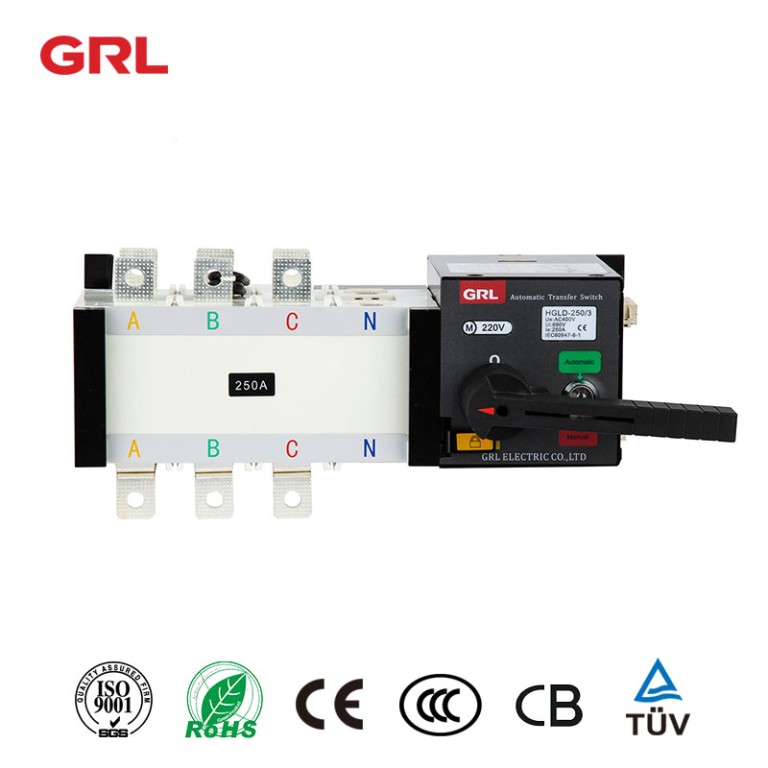
# Automatic Transfer Switch: Ensuring Uninterrupted Power Supply
## What is an Automatic Transfer Switch?
An Automatic Transfer Switch (ATS) is a critical component in power management systems that ensures seamless transition between primary and backup power sources. These devices automatically detect power failures and switch to an alternative power supply, such as a generator or battery backup system, without any manual intervention.
## How Does an ATS Work?
The operation of an automatic transfer switch follows a straightforward yet highly effective process:
– Continuous monitoring of the primary power source
– Immediate detection of power outages or voltage fluctuations
– Automatic disconnection from the primary source
– Connection to the secondary power source within seconds
– Continuous monitoring for restoration of primary power
– Automatic transfer back to primary power when stable
## Key Benefits of Automatic Transfer Switches
### 1. Uninterrupted Power Supply
The primary advantage of an ATS is its ability to maintain continuous power to critical systems. This is particularly important for:
– Hospitals and medical facilities
– Data centers
– Industrial processes
– Emergency services
### 2. Enhanced Safety
Automatic transfer switches prevent dangerous situations by:
– Eliminating the need for manual switching
– Preventing backfeeding into utility lines
– Ensuring proper isolation between power sources
### 3. Improved Equipment Protection
By minimizing power interruptions, ATS devices help protect sensitive equipment from:
– Power surges
– Voltage fluctuations
– Complete power loss
## Types of Automatic Transfer Switches
### 1. Open Transition ATS
Also known as “break-before-make” switches, these briefly interrupt power during transfer. They are:
– More economical
– Suitable for most applications
– Cause a momentary power loss
### 2. Closed Transition ATS
These “make-before-break” switches maintain continuous power by briefly paralleling both sources. They are:
– More expensive
– Used in critical applications
– Require synchronization between power sources
### 3. Delayed Transition ATS
A hybrid solution that includes a programmed delay to:
– Allow motors to spin down
– Prevent large inrush currents
– Reduce mechanical stress
## Choosing the Right ATS for Your Needs
When selecting an automatic transfer switch, consider these factors:
– Power requirements of your facility
– Criticality of your operations
– Type of backup power source
– Environmental conditions
– Future expansion plans
## Maintenance and Testing
To ensure reliable operation, ATS units require:
Keyword: Automatic Transfer Switch
– Regular inspection of mechanical components
– Testing of automatic transfer functionality
– Verification of control circuits
– Cleaning of contacts and connections
– Load bank testing under realistic conditions
## Conclusion
Automatic Transfer Switches play a vital role in modern power distribution systems, providing the reliability and safety needed for critical operations. By automatically managing power sources, they eliminate human error and ensure continuous operation of essential equipment. Whether for residential, commercial, or industrial applications, investing in the right ATS solution can prevent costly downtime and protect valuable assets.
